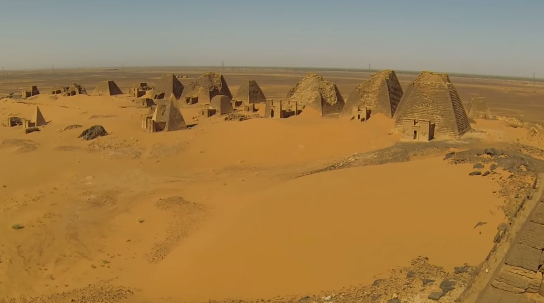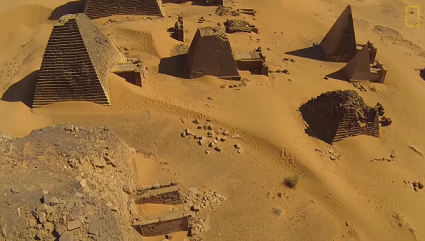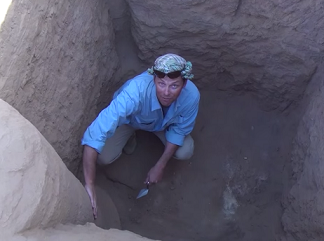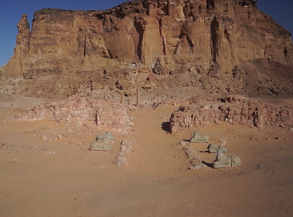| Online: | |
| Visits: | |
| Stories: |
Extraordinary Drone Footage Of Sudan’s Mysterious Nubian Pyramids (Video)
(N.Morgan) The most famous pyramids are those of Egypt, however, thousands of kilometers further south along the Nile stands another impressive group of ancient structures, which have survived in the Sudanese desert for the past 3,000 years.
And thanks to this new drone footage captured by National Geographic, we’re finally able to get some insight into the sheer scale of these incredible and little-studied pyramids.
Constructed by the Nubian civilization, there are about 255 of these mystic and beautiful pyramids in 3 known spots scattered across the Sudanese desert, but most tourists never see these wonders or are even aware of their existence.
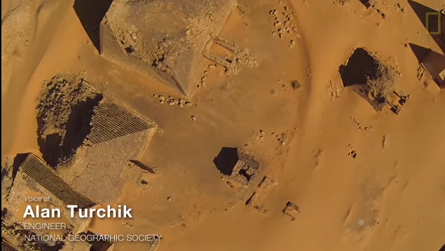
There has been very little research done in exploring these structures.
National Geographic filmed this video as part of a new documentary following one of the first archaeological investigations at the El-Kurru pyramid site in almost 100 years.
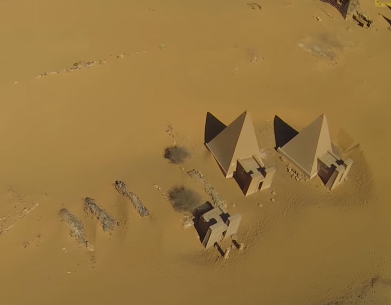
As reported by Fiona MacDonald of Science Alert: El-Kurri was one of the royal cemeteries built for the Nubian royal family during the time of the ancient Kingdom of Kush, and it contains structures that date back to 1070 BC.
Just like the Egyptians, the Kushites entombed their royalty below lofty pyramids – presumably to help their souls reach up to the heavens – but structurally, the buildings are quite different.
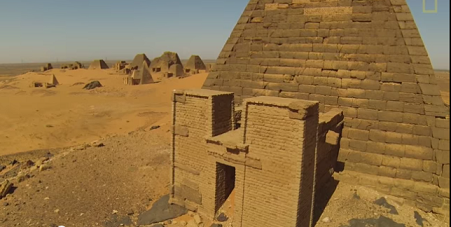
For starters, the Nubian pyramids are far steeper and narrower, and they’re built from stepped stones, as opposed to the smooth surfaces of the wider Egyptian pyramids.
They’re also smaller, ranging from around six to 30 metres in height, compared with the 139 metre Great Pyramid at Giza.
